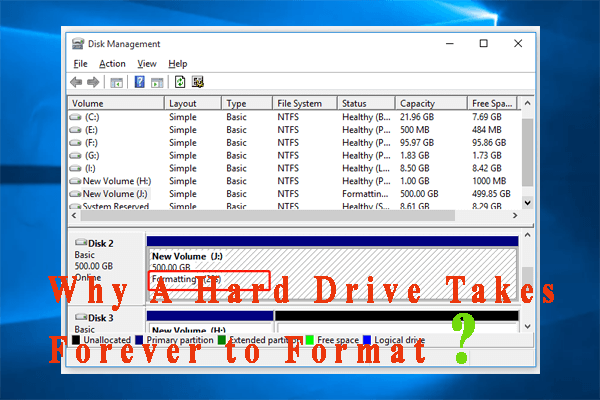

- #HFS FILE SYSTEM MAXIMUM AMOUNT OF FILES HOW TO#
- #HFS FILE SYSTEM MAXIMUM AMOUNT OF FILES MAC OS X#
- #HFS FILE SYSTEM MAXIMUM AMOUNT OF FILES MAC OS#
- #HFS FILE SYSTEM MAXIMUM AMOUNT OF FILES PLUS#
However, the problem with sharing files using an FTP server is that you either have to purchase space on a third party server and set it up yourself, which requires some technical know-how or you need to set it up on your own computer, which takes even more knowledge!
#HFS FILE SYSTEM MAXIMUM AMOUNT OF FILES HOW TO#
The following table summarizes the important differences.Have you ever wanted to share large music, video, or data files with friends, but didn’t know how to setup a FTP server? If you want to quickly share files with a more than one person, you either have to setup an FTP server and give people access or you have to use online services like YouSendIt that allow you to upload multiple files and send them to multiple people.
#HFS FILE SYSTEM MAXIMUM AMOUNT OF FILES PLUS#
Startup File is developped for non-Mac OS systems with no HFS Plus support.
#HFS FILE SYSTEM MAXIMUM AMOUNT OF FILES MAC OS#
The default size of an extent record 4 KB in Mac OS X.Īttributes File stores three different types of 4 KB records: Inline Data Attribute records (keep small attributes within the record itself), Fork Data Attribute records (store references to up to eight extents that can hold larger attributes) and Extension Attribute records (extends a Fork Data Attribute record when its eight extent records are already used). Each file record in the Catalog File is able to record eight extents for each fork of a file. Fields in size can vary depending on the actual size of the data they store.Įxtents Overflow File (B-tree) records the allocation blocks that represent each file extents. A record in the HFS Plus Catalog File is 8KB in Mac OS X. The records are larger to allow more fields and to allow for those fields to be larger (the longer 255-character unicode file names). Allocation File is stored as a regular file and can also change size.Ĭatalog File (B-tree) contains records for all the files and directories stored in the volume. A 0 means the block is free and a 1 means the block is in use. Each allocation block is represented by one bit. The Volume Header has fixed location.Īllocation File keeps track of free allocation blocks and blocks in use. Volume Header stores data about the volume itself (size of allocation blocks, time of volume creation, location of Catalog File.

HFS Plus uses the structures to manage the organization of data on the volume. Since it is part of the volume format, this information can be kept with the file or directory as is it moved or renamed, and can be deleted when the file or directory is deleted.

HFS Plus has an attribute file, another B-tree, which can be used to store additional information for a file or directory. Files and directories also contain a small amount of additional information (known as catalog information or metadata) such as the modification date or Finder info. Long names are especially useful when the name is computer-generated.įiles on an HFS volume have two forks: a data fork and a resource fork, either of which may be empty (zero length). HFS Plus uses up to 255 Unicode characters to store file names making easier to have very descriptive names. B-tree index node must store at least two keys and may occupy a variable amount of space determined by the actual size of the key. The typical node size for an HFS Plus catalog B-tree is 4 KB. More allocation blocks means a smaller allocation block size, less wasted space, and more available space distributed among a larger number of files. This allows up to 2 32 allocation blocks on a volume. HFS Plus uses 32-bit values (instead of 16-bit for HFS) to identify allocation blocks. The storage space on a disk is divided into allocation blocks. HFS Plus specifies how a volume (user files with the structure to retrieve the data) exists on a disk. Ease booting on non-Mac OS operating systems. Similar to primary version HFS, HFS Plus volume format was designed to improve some important characteristics such as:
#HFS FILE SYSTEM MAXIMUM AMOUNT OF FILES MAC OS X#
Mac OS X operating system supports many file system.


 0 kommentar(er)
0 kommentar(er)
